Let’s hope the mandarins at the Treasury aren’t reading this. There’s absolutely no desire at Autocar to put the mockers on the current slow descent of fuel prices or to encourage even higher carbon taxes.
But the truth is that neither of them matters half as much as the financial opponent that has stalked the motorist for as long as anyone cares to remember: the dark lord depreciation.
Depreciation remains the biggest single expense that most drivers have to bear. These days, if you get more than half of the original value of your new car offered at trade-in time after a typical ownership stint of three years and 30-odd-thousand miles, you’ve had a result.
If you’re not careful, you’ll get more like 35 per cent of it. If you’re a private owner, that’s your cross to bear. For others, it’s the biggest single determinant of their monthly contract hire payment.
Quite how nearly three-quarters of the value of a Jeep Cherokee or an MG 6 can disappear by the time the car is only a quarter of the way through its operating lifespan defies reasonable explanation. But according to the people who supply the residual value forecasts that you read in the Autocar road test every week, it can.
The big con perpetrated in every showroom in the country is that, in advertising the list price of a new car instead of the projected cost of ownership, car makers are doing so many of us a disservice.
In order to buy smart, it often pays to spend more up front – and sometimes to consider the kinds of cars that we don’t routinely recommend so highly in our road test top five charts.
In some cases, as you’re about to read, the cars that pay you back simply don’t do enough to clinch the deal. But there are always jewels to unearth – cars as pleasing to drive and use as they are easy on the wallet. And we’re about to sift a few out into the light, as well as bury a few misapprehensions.
Where we get our depreciation information
The residual value numbers in this feature, our long-term test reports and our road test every week are supplied by CDL Vehicle Information Services, the UK’s top provider of quick-reference vehicle insurance and financial data.
If you’ve ever used MyCarCheck or MyTextCheck to look up the value of a used car before making an offer, you’ve tapped into the same database. The company sells its numbers to the likes of Comparethemarket, Halfords, Swiftcover and Tesco Bank.










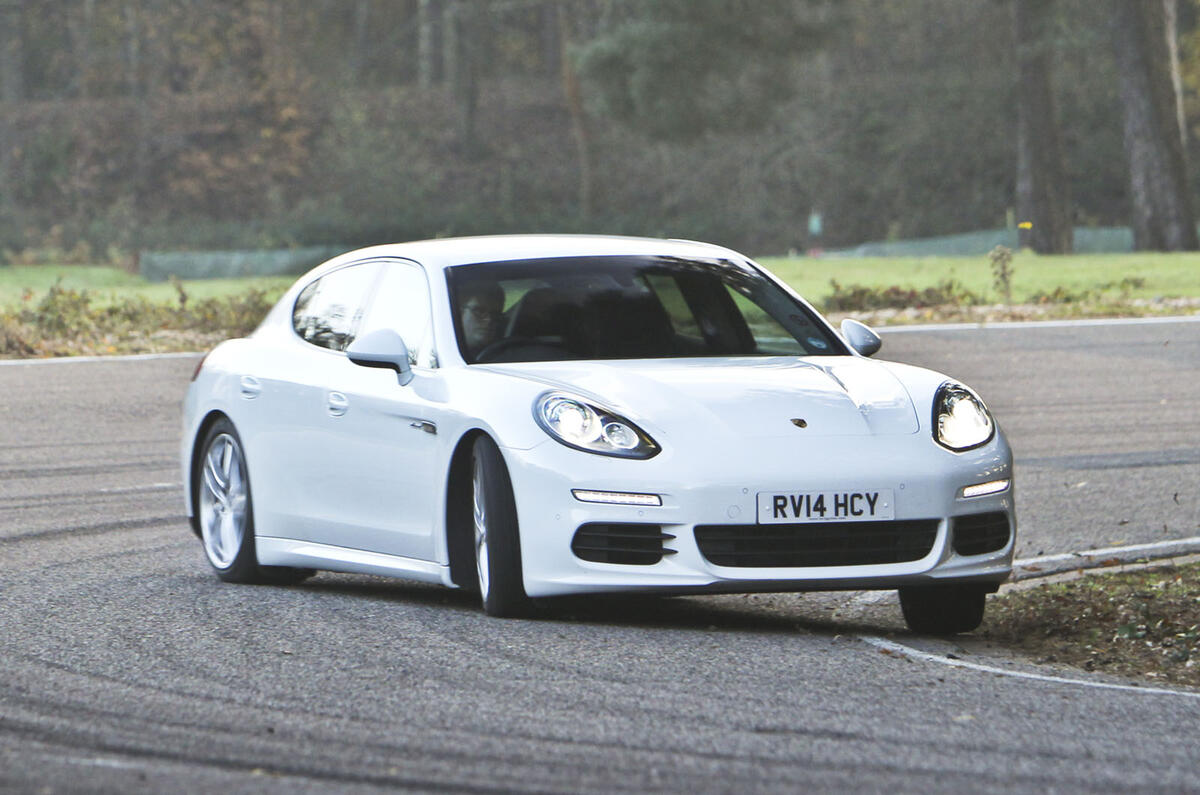


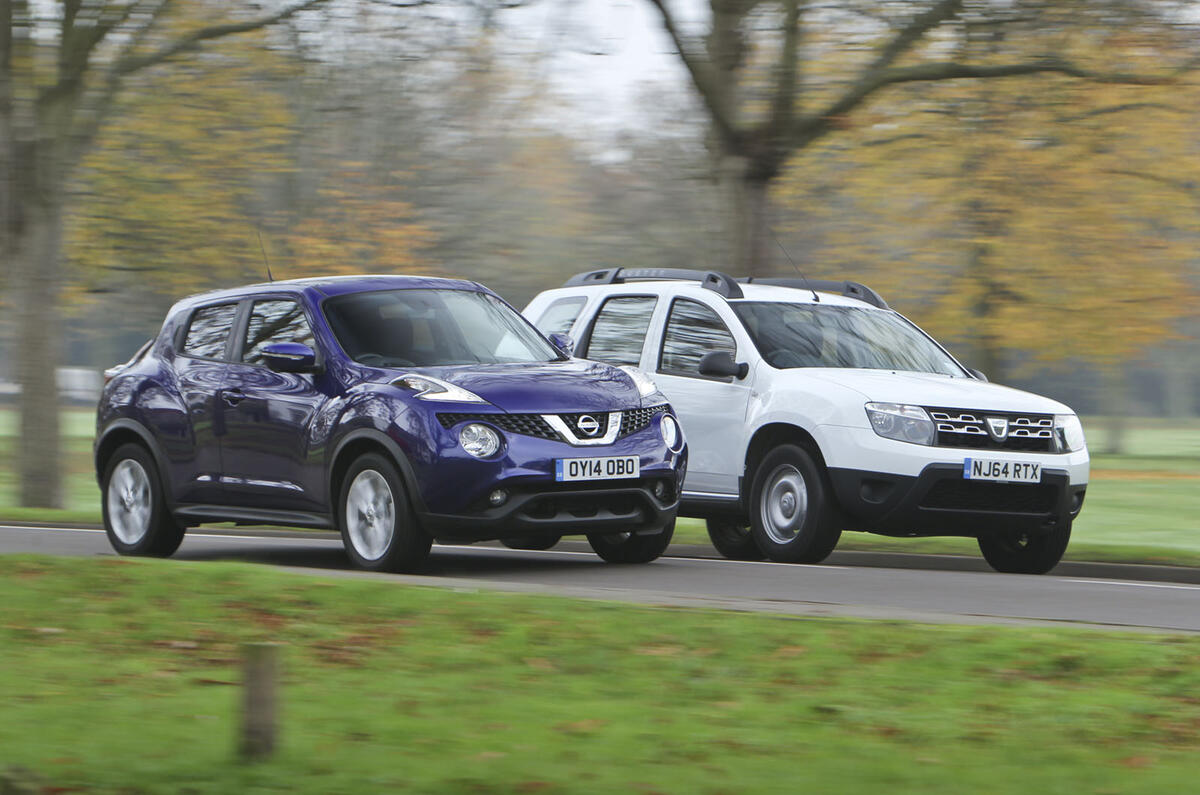
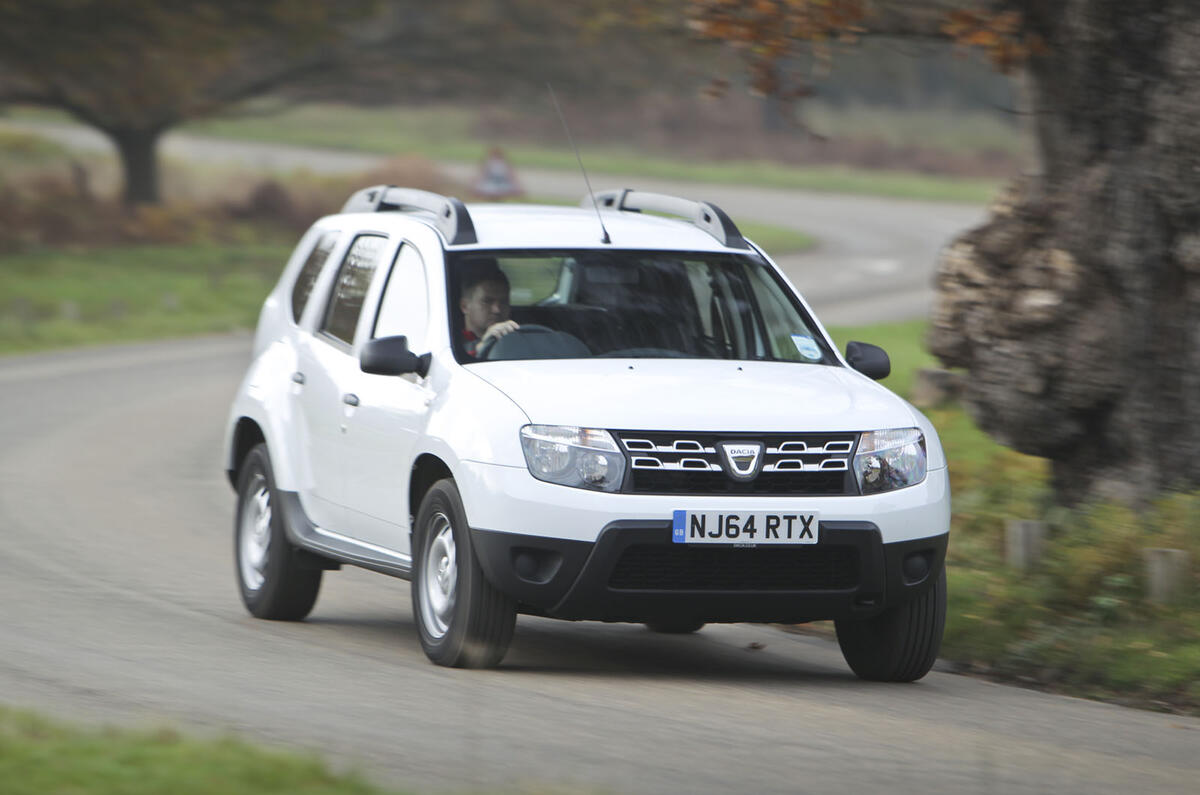








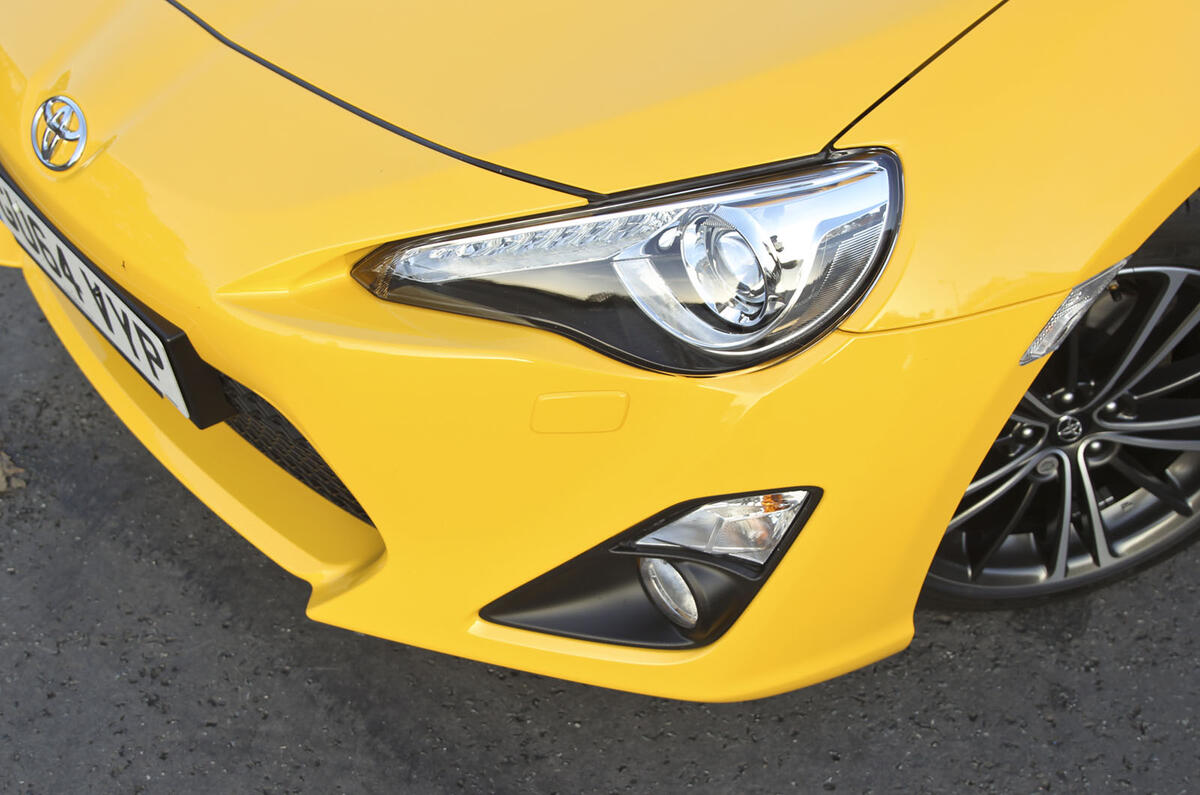





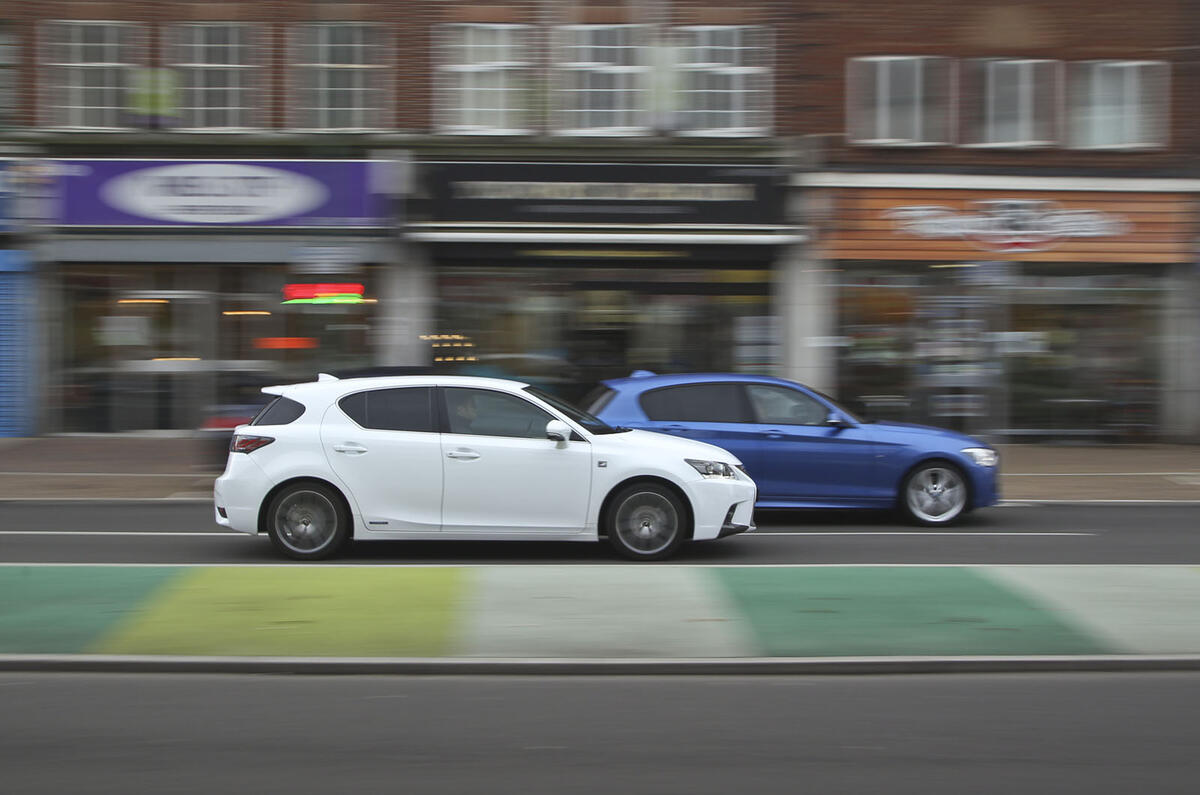


















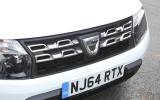
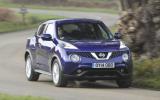

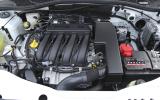





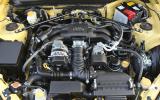

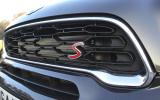














Join the debate
Add your comment
Dacia
@mr pushrod
I think we all know people who have had their lives seriously disrupted by Road traffic collisions, so it isn't a rare occurance. Say you crash, shatter your hip in an accident and can't work for 18months. That 3k banger suddenly cost the NHS hundreds of thousands in treatment costs, and you tens of thousands in lost earnings. I guess the question is, how lucky do you feel?
Extras
@Daniel Joseph - those essential extras.